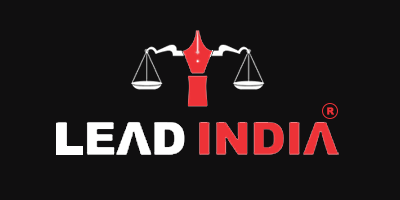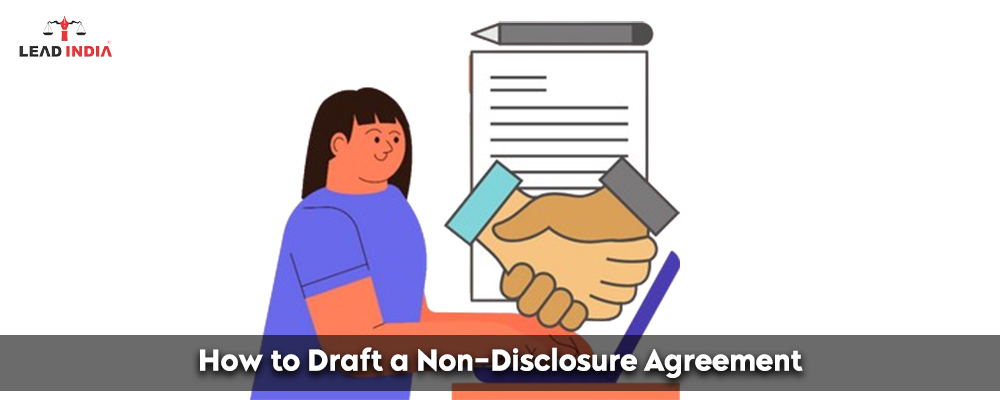Non-disclosure agreements are frequently referred to as confidentiality agreements, confidentiality disclosure agreements, or non-disclosure contracts. You may encounter one at the start of a commercial partnership or a significant financial transaction. To protect sensitive data, an employer or customer may request that a recruit or contractor sign a confidentiality agreement.
An NDA focuses on an individual’s or organization’s information privacy, as opposed to other commercial contracts, such as service or sales agreements, which focus on the terms and circumstances of service or transactions.
Need A Legal Advice
The internet is not a lawyer and neither are you. Talk to a real lawyer about your legal issue

The goal of a Non-Disclosure Agreement
A nondisclosure agreement serves two purposes: secrecy and protection. Information covered by a confidentiality agreement might range from product specifications to client lists. An NDA can cover business models, test findings, embargoed press releases, and product reviews.
An NDA establishes the legal framework that prevents ideas and information from being stolen or shared with rivals or third parties. Breaking an NDA agreement has a wide range of legal repercussions, including litigation, financial fines, and even criminal accusations. NDAs provide your organization with a degree of security that covers even inadvertent violations.
An NDA has three important functions
- Identifying protected information: NDAs categorize information by defining what is secret and what can be shared. This permits the parties to work freely within the parameters set by the confidentiality agreement.
- Securing critical information: Signing an NDA establishes a legal commitment to keep sensitive material private. Any revealing of information is a violation of the contract.
- Protecting patent rights: Because public disclosure of a prospective innovation can sometimes invalidate patent rights, an NDA might help an inventor create a new product or concept.
Draft a non-disclosure agreement
If a company’s NDA is confusing or insufficient, it may face liability. To protect both the party providing the confidential information and the party receiving it, the NDA must specify which parties have access to classified material while also establishing contract norms and expectations. You must understand how to create a nondisclosure agreement in India.
- Describe the project’s scope. What information is declared private? NDAs sometimes include a catch-all language to ensure that any information that a “reasonable person” would consider should be kept secret remains confidential.
- Define each party’s duties. What steps should the party receiving the information take to keep it private? How do they keep third-party access at bay?
- Compile a list of probable exclusions. When is it permissible for a party to provide sensitive information? Examples of instances where disclosure may be necessary include legal proceedings and the hiring of subcontractors.
- Decide on a term. The revealing parties may desire the agreement to last indefinitely, while the receiving parties often prefer a fixed restriction. When defining the period, the interests of both parties must be considered; there should be no dispute regarding the duration of confidentiality.
- Describe the implications. Will a violation result in the termination of an employment or business relationship? Can the offended party seek an injunction or perhaps damages?
While a template agreement may have sections that apply to each of the activities listed above, it typically cannot accommodate term modifications. However, a template-based agreement does not ensure adequate descriptions of protected information. The evaluation and negotiating process might take days, weeks, or months to ensure that all pertinent elements are handled. You can draft an NDA based on the business requirements that you expect.
Instead of a Non-Disclosure Agreement, the principal terms of an NDA can sometimes be included in agreements via a confidentiality clause. NDAs are also employed in a variety of industrial applications. They are used not just by enterprises, but also in employee contracts, settlement agreements between litigants, intellectual property contracts, and so on. NDAs are critical in every transaction and should be included in any case where secrecy is a high priority.
NDAs are Essential to Business
NDAs are essential to business as the non-disclosure agreement is a vital legal underpinning for keeping sensitive and confidential information from being exposed by the recipient. Companies and startups use these contracts to ensure that their good ideas are not stolen by the people with whom they are negotiating. Anyone who violates an NDA will face lawsuits and sanctions equivalent to the value of lost income. Criminal charges may be brought as well. Moreover, Some NDAs bind a person to confidentiality for an indefinite period, forbidding the signer from releasing any secret information contained in the agreement at any time. Without such a clear agreement, any information provided in a trust may be used maliciously or accidentally made public.
Lead India offers various legal services, such as free legal advice and internet information. We provide a facility in which you can talk to a lawyer and ask legal questions regarding the law here. Lead India’s lawyers can assist you with any legal issues. In India, Lead India provides free legal assistance online. In addition to receiving free legal advice online, Lead India allows users to pose inquiries to experts for free.





 Talk to a Lawyer
Talk to a Lawyer